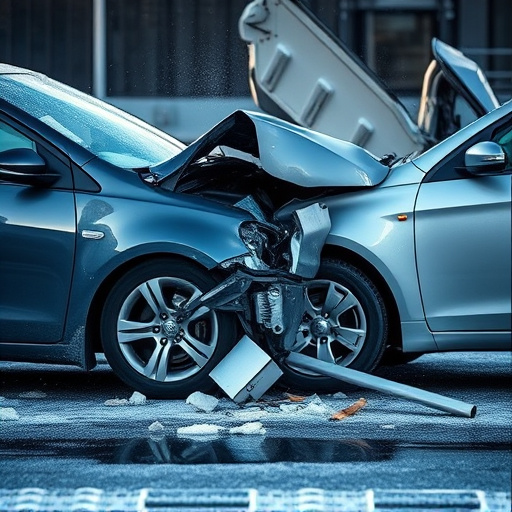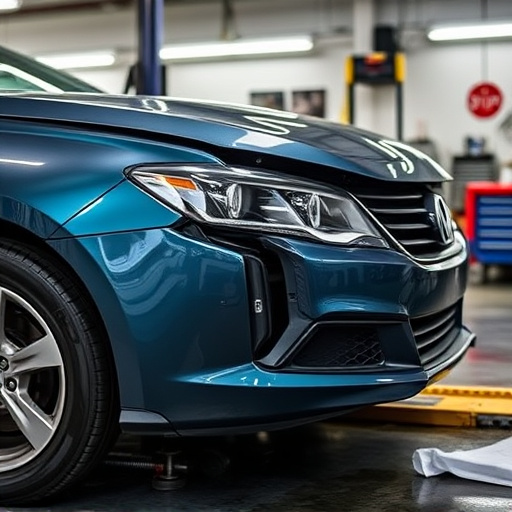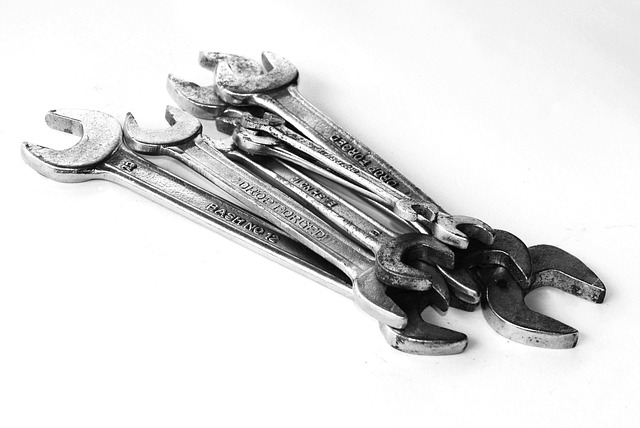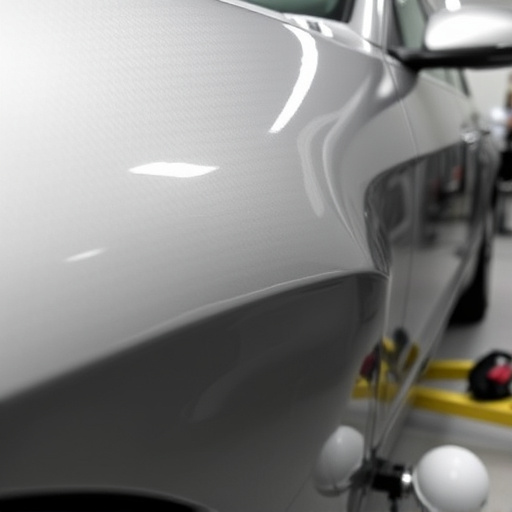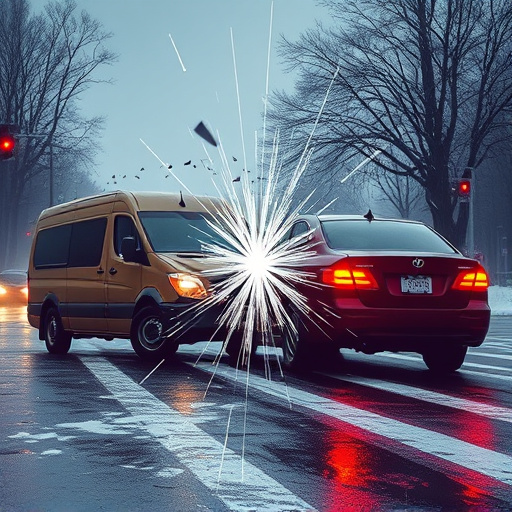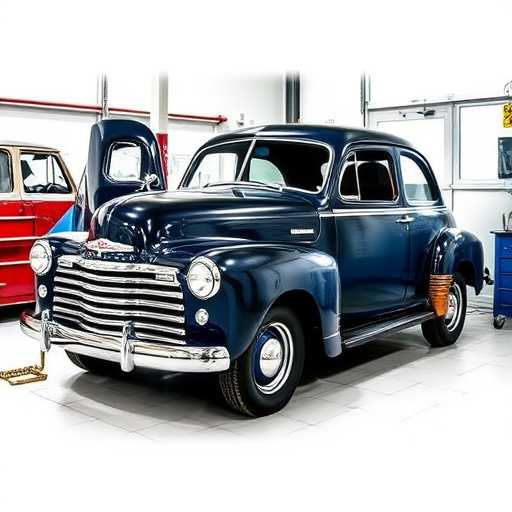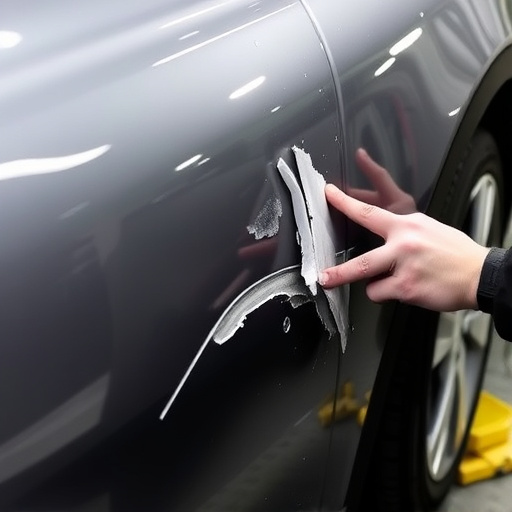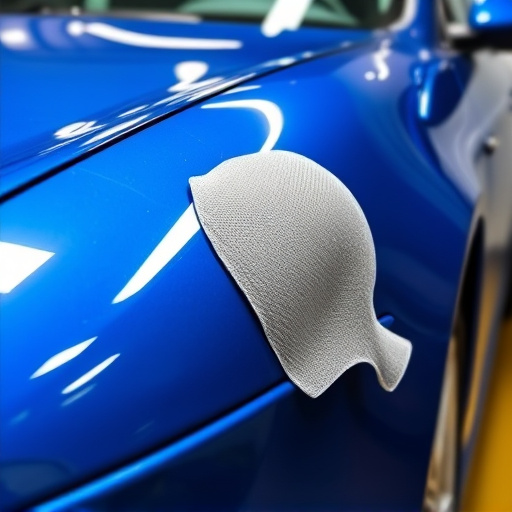Tesla paint thickness measurement is a critical quality control process ensuring vehicle durability and aesthetic appeal. Advanced non-destructive testing methods like ultrasonic gaging and MPI guarantee precise assessments, preventing corrosion and cosmetic flaws. Regular inspections enhance performance, customer satisfaction, and maintain Tesla's high-quality standards.
Tesla vehicles, known for their cutting-edge technology, demand rigorous quality inspections. One critical aspect is Tesla paint thickness measurement, ensuring the durability and aesthetics of their distinctive finishes. This article delves into the world of Tesla paint thickness measurement during quality checks, highlighting its significance in maintaining the brand’s high standards. We’ll explore the techniques and tools used to guarantee that every Tesla rolls off the line with a flawless finish.
- Understanding Tesla Paint Thickness Measurement
- Why Quality Inspections Are Crucial for Tesla Vehicles
- Techniques and Tools Employed in Paint Thickness Testing
Understanding Tesla Paint Thickness Measurement
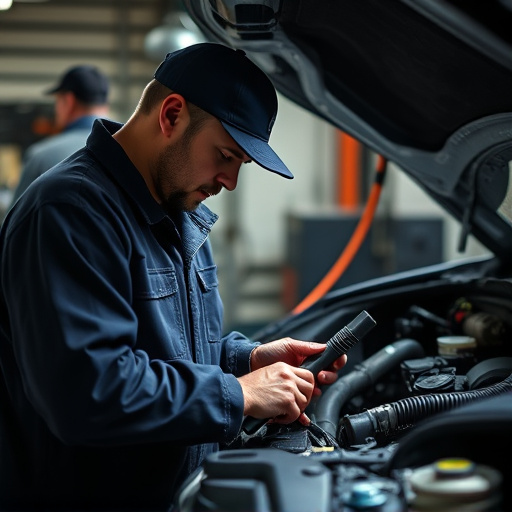
Tesla paint thickness measurement is a critical aspect of quality inspections for several reasons. It involves assessing the depth and integrity of the paint layer on a vehicle, which is crucial in determining the overall quality and durability of the finish. Accurate measurements help identify potential issues like thin or inadequate paint application, as well as signs of previous repair work, such as autobody repairs or collision repair. By using specialized tools designed to gauge paint thickness precisely, inspectors can ensure that Tesla vehicles meet the manufacturer’s standards and maintain their pristine aesthetic appeal.
This meticulous process is essential for more than just visual inspection. Paint thickness also plays a significant role in protecting the underlying surface from corrosion and other environmental damages, particularly during collision repair or car scratch repair scenarios. Maintaining appropriate paint thickness ensures that the vehicle retains its structural integrity and protective barrier, thereby extending its lifespan and preserving its value. Therefore, understanding Tesla paint thickness measurement is paramount for both manufacturers and service technicians to uphold the high-quality standards associated with Tesla vehicles.
Why Quality Inspections Are Crucial for Tesla Vehicles
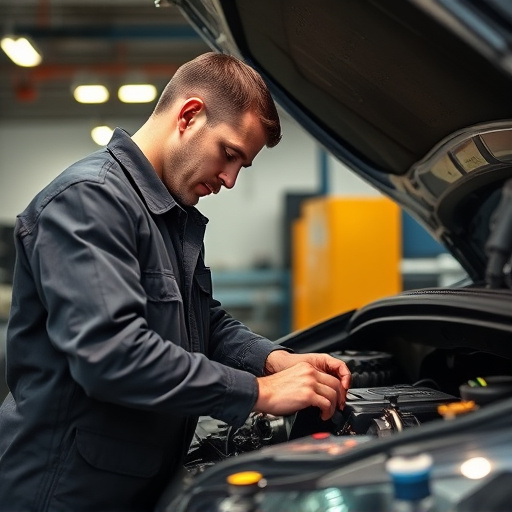
Quality inspections play a pivotal role in ensuring the excellence and longevity of Tesla vehicles. As an electric vehicle (EV) manufacturer, Tesla prioritizes innovation and sustainability, but meticulous attention to detail is still paramount in auto manufacturing. In the case of Tesla paint thickness measurement, this process is a critical aspect of quality assurance that directly impacts the overall durability and aesthetics of each car body. The use of advanced technology, like precision measuring tools, allows for consistent and accurate assessments of paint thickness, guaranteeing a smooth, even finish that protects the vehicle from corrosion and damage.
Regular quality inspections also facilitate early detection of potential issues during the manufacturing process, allowing for immediate correction. This proactive approach not only ensures better vehicle performance but also translates to greater customer satisfaction in the long run. For instance, proper paint thickness measurement can prevent cosmetic flaws, such as uneven spots or bubbles, that could otherwise require costly car body restoration later on. Incorporating these quality control measures into Tesla’s production lines is a testament to their commitment to delivering top-tier vehicles that meet the highest standards of auto maintenance and automotive restoration.
Techniques and Tools Employed in Paint Thickness Testing

Tesla paint thickness measurement is a meticulous process that utilizes advanced techniques and specialized tools to ensure superior quality control during vehicle manufacturing and post-production repairs. One of the primary methods employed is ultrasonic thickness gaging, which sends high-frequency sound waves through the paint layer to determine its depth. This non-destructive testing (NDT) technique is highly accurate and allows inspectors to measure the coat’s integrity without damaging the surface.
Additionally, magnetic particle inspection (MPI) is used to detect subtle flaws or variations in paint thickness. MPI involves applying a ferromagnetic powder to the test area, which then adheres to any imperfections, revealing their presence through visual inspection. This method is particularly useful for identifying issues in hard-to-reach areas or when assessing structural integrity following car dent repair or auto body shop processes. Such meticulous testing guarantees that every Tesla vehicle meets stringent quality standards, ensuring a seamless and durable finish across all car paint repair scenarios.
Tesla paint thickness measurement plays a vital role in ensuring the quality and longevity of their vehicles. By employing advanced techniques and tools, thorough quality inspections can catch defects early, guaranteeing that every Tesla meets high standards. This meticulous process is crucial for maintaining customer satisfaction and the brand’s reputation, highlighting the importance of precision in automotive manufacturing.
